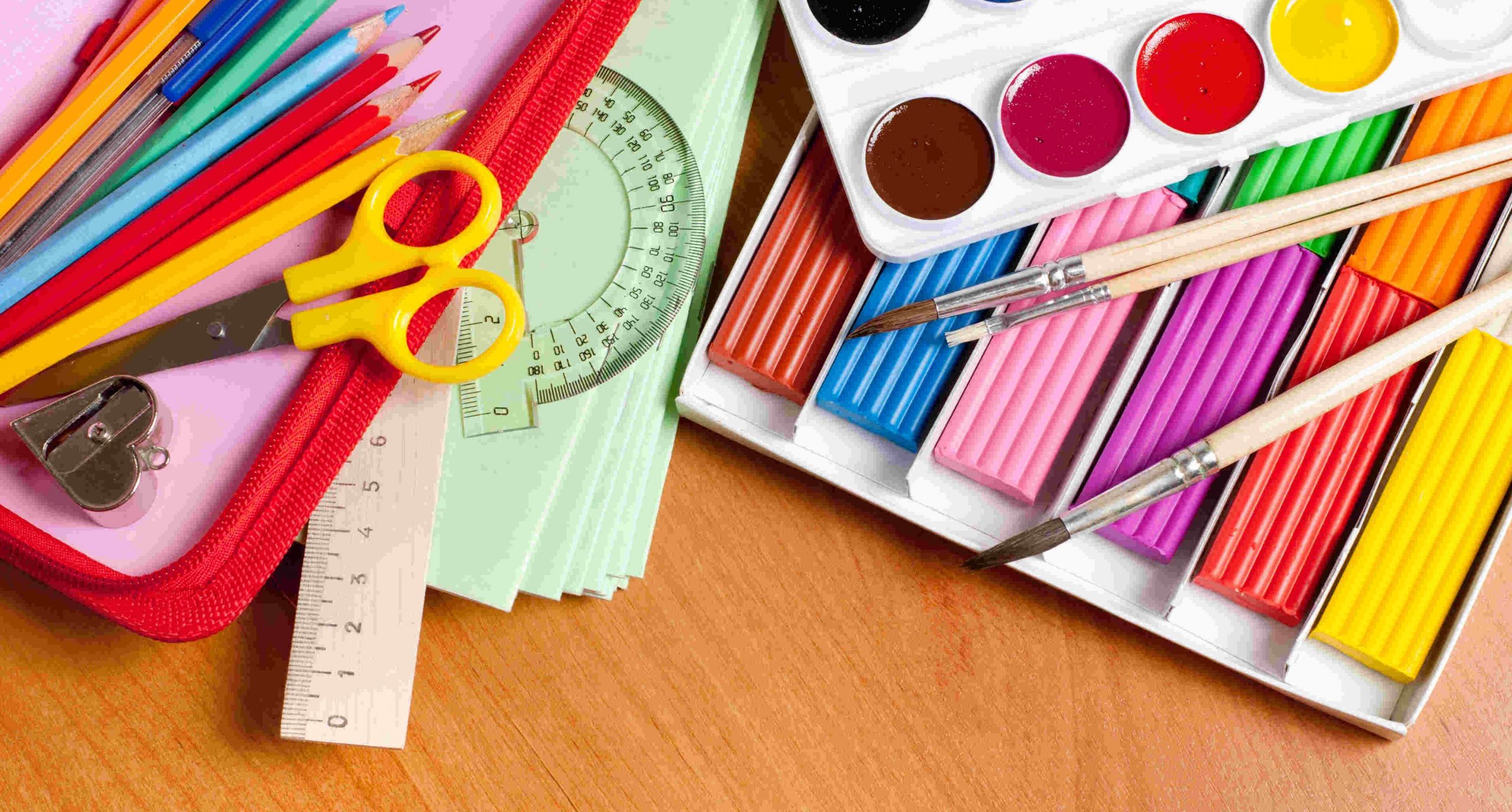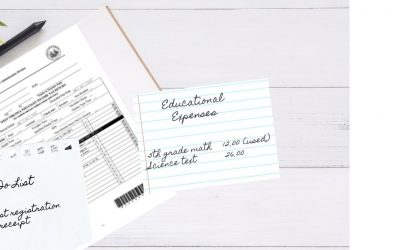“The wise in heart shall be called prudent: and the sweetness of the lips increases learning.” Proverbs 16:21
As we get into the routine of schoolwork with our children, whether for the first time or after a summer break, we may want to keep in mind that children do not learn instantly. Many times in our homeschooling efforts a child just doesn’t “get it” the first few times, so we patiently try again. And again. And again. Sometimes we begin to think we must be a bad teacher, or the wrong teacher, or that our child must not be paying attention; after all, we’ve explained it ten times using various tones of voice. We may even conclude that one of us is intellectually challenged. However, we needn’t despair; the problem may be a conflict of learning styles.
We all have preferred methods of receiving, even perceiving, new information. Some of us, the watchers, are visual learners; we like to see the words, photos, illustrations, colors, diagrams, and graphs on a page before the information will cement itself in our minds. We may not even hear directions if we’re busy watching!
Some of us, the talkers, are auditory learners; we prefer to listen to a voice speaking or singing new information before it becomes ours. We may not even see others doing something because we’re so busy hearing!
Still others of us, the doers, are kinesthetic learners; we would rather go through the motions. In other words, we actually have to do something new before we know it well enough to repeat it. We may be completely clueless to new ideas unless they have some action to them!
To add depth to the learning style issue, most of us use not just one distinct learning style, but a combination, with one style being dominant at certain times or ages. For example, all babies and very young children learn by a hands-on approach—touching, mouthing, crawling, climbing, emptying tissue boxes, cabinets, and drawers; whereas toddlers and preschoolers learn easier and faster if we use a multi-sensory method that involves the student seeing, speaking, hearing and doing over and over again. (Think of all the little hand-rhymes preschoolers love.) By sometime near first grade, visual skills are gaining ground; and by 5th or 6th grade, auditory skills are getting stronger. As children grow older and gain experience and maturity, some begin to prefer another learning style, while others retain the kinesthetic approach.
If we know our child’s learning preference, we can teach them more productively, but we can also teach them how to learn best. In other words, if they know their preferred mode of learning, then when they are older and have more difficult classes, they can turn that knowledge to their advantage by using those methods that increase their learning capacity. For instance, electronic devices make recording easy for those with auditory preference. Or if they are assigned a teacher with a style counter to their favorite learning mode, they have a better chance of compensating.
So, how do we discover our children’s preferred style?
Your child may be kinesthetic if he
- remembers what was done rather that what was told, read, or talked about
- seems to learn everything by experience, trial, and error
- tries things out and always seems to be touching things, even if they’re off limits
- needs lots of physical contact with parents, children, and teachers, and if he does n’t get the positive hugs, pats & so on, will nudge, push & pinch
- is so active that shoelaces become untied and shirttails pulled out seconds after being neatly dressed for the day
Kinesthetic learners, the “doers”, certainly require the most creativity on our part. These students are the ones in perpetual motion while we’re teaching them. They have us convinced they haven’t heard one thing because they seem like they’re ignoring us in their quest for movement. Workbooks have little value to this child unless we allow them the liberty of movement; bouncing slightly while sitting on a giant ball, or tapping their pencil to the rhythm of their kicking feet. They will easily forget multiplication tables – except if they learn them while jumping rope or on a mini trampoline. If we want to read aloud to this child we must permit LEGO construction, battlefield play with military men, or zooming vehicles; and for the older ones, maybe scissor work, constructing a model, coloring a book of detailed illustrations, or maybe even riding a stationary bike. These kids enjoy performing every science experiment in the book – and then devise more of their own! For spelling, air writing may work, or writing on a very large sheet of paper, or on a black or white board. In math, pint & quart jars can be used to measure water and a tape-measure to measure walls. A string or clothesline can be hung with clipped-on numbers to demonstrate order. Card games and board games are very helpful. Globes and large wall map activities for geography; Play-doh for making letters, magnetic letters, puzzles, and sign language are all helpful for the kinesthetic child.
Keep in mind though: extra encouragement and training in the areas of sitting quietly, perseverance and self-control may be needed for the kinesthetic child. And again, nearly every child under 5ish years old is highly kinesthetic. Many grow out of it, some don’t.
Your child may be auditory if she
- is able to follow directions after listening to you once, and rarely needs things repeated
- likes listening to music, radio, singing, and read aloud books
- remembers a telephone number, zip code, or name by repeating it a few times
- can maintain her focus just by listening in a class lecture or presentation, without having to be actively involved
- solves problems by talking
Auditory learners require talking — lots of talking! They need to hear us talking, they need to hear themselves talking, and computer programs need to talk, too. Auditory kids enjoy read alouds. These students like educational songs, audio books, and movies with lots of dialog. They will memorize songs, rhymes, and movie lines effortlessly – use this to (their) advantage! These learners are easy to teach with a bit more time planned for discussion. If we want this student to complete a workbook or read a science text silently, be prepared for a puzzled expression or a look of confusion, as the information just won’t compute without a little whispering. To help boost their visual skills, play card games, board games, ‘I Spy’, or describe objects from a ‘memory tray’.
Keep in mind though: extra training to notice details and not interrupt may be needed for the auditory child. Again, nearly every child 5ish-7ish is highly auditory, especially girls. Some grow out of it; some don’t.
Your child may be visual if he
- uses picture clues to give meaning when reading a book
- will do chores better when given a list of things to do on paper
- remembers faces & forgets names
- notices details such as a new picture or object in the room, like mom’s new haircut or another change before anyone else
- learns fastest and understands best if you show him and then allow him to see how things are put together or how they work
- watches others when in a social group instead of jumping into action
Visual learners enjoy books, videos, workbooks, computer programs – anything having information which can be seen. These students are usually the easiest to teach since little effort is required on our part for them to soak up new concepts presented visually. They can easily be distracted if we try to teach them primarily by auditory methods; therefore, if we want this student to listen to new information by lecture, sermon, or audio recording, we must limit unrelated noise and allow note taking or drawing to facilitate learning. These are usually the students who demand silence while listening/learning. Illustrated timelines, colored sticky notes, and highlighting are all good strategies to use for a visual kid. Large maps to be labeled or stickered are helpful. A ‘story board’ before writing assignments will benefit many. (Story board: fold paper into fourths; draw beginning picture, two middle pictures, and one ending picture to help student visualize.) For assignments or chores; a written list of instructions will probably ensure much quicker results than oral directions.
Keep in mind though: the visual child may need extra encouragement and training in the areas of listening attentively, holding eye contact during conversation, and social skills. These are the kids who may need TV time severely restricted because they will constantly watch it, if allowed.
Outside the Preferred Mode
Don’t be hesitant to try something new; something that seems to go against a child’s preferred mode of learning as, again, their learning mode may change over time. A professor of psychiatry, Dr Larry Silver, (Georgetown U of Medicine) said:
“Matur[ity] spurts occur once or twice a year. It’s as if a new computer chip enters in.
And when that chip starts firing,there may be changes in the way a child learns.”
We may think we can’t possibly add one more item to our “to do” list and that incorporating a multi-sensory approach into our teaching won’t make that much difference anyway. If so, consider Thomas Edison, who was declared by his schoolmaster to be “addled” (confused), and Albert Einstein, who was called mentally slow and then expelled from school.* Could it be that their teachers did not appeal to their learning style? It can be very easy to underestimate a student’s intelligence when the teaching mode does not fit the student.
With multi-sensory teaching, and sweet words from our lips, we can make learning more enjoyable and effective.
“The wise in heart shall be called prudent: and the sweetness of the lips increaseth learning.” Proverbs 16:21
Note: This may be an overly simplistic explanation, since personality also plays an important part in our learning styles. The three main learning modes– kinesthetic, auditory and visual– can occur in any personality type which results in many interesting combinations. For a more detailed account of learning styles see “The Way They Learn” by Cynthia Ulrich Tobias.
*Thomas Edison; World Book Encyclopedia: Albert Einstein; The Ultimate Geography and Timeline Guide by Maggie Hogan & Cindy Wiggers page 9.





Recent Comments